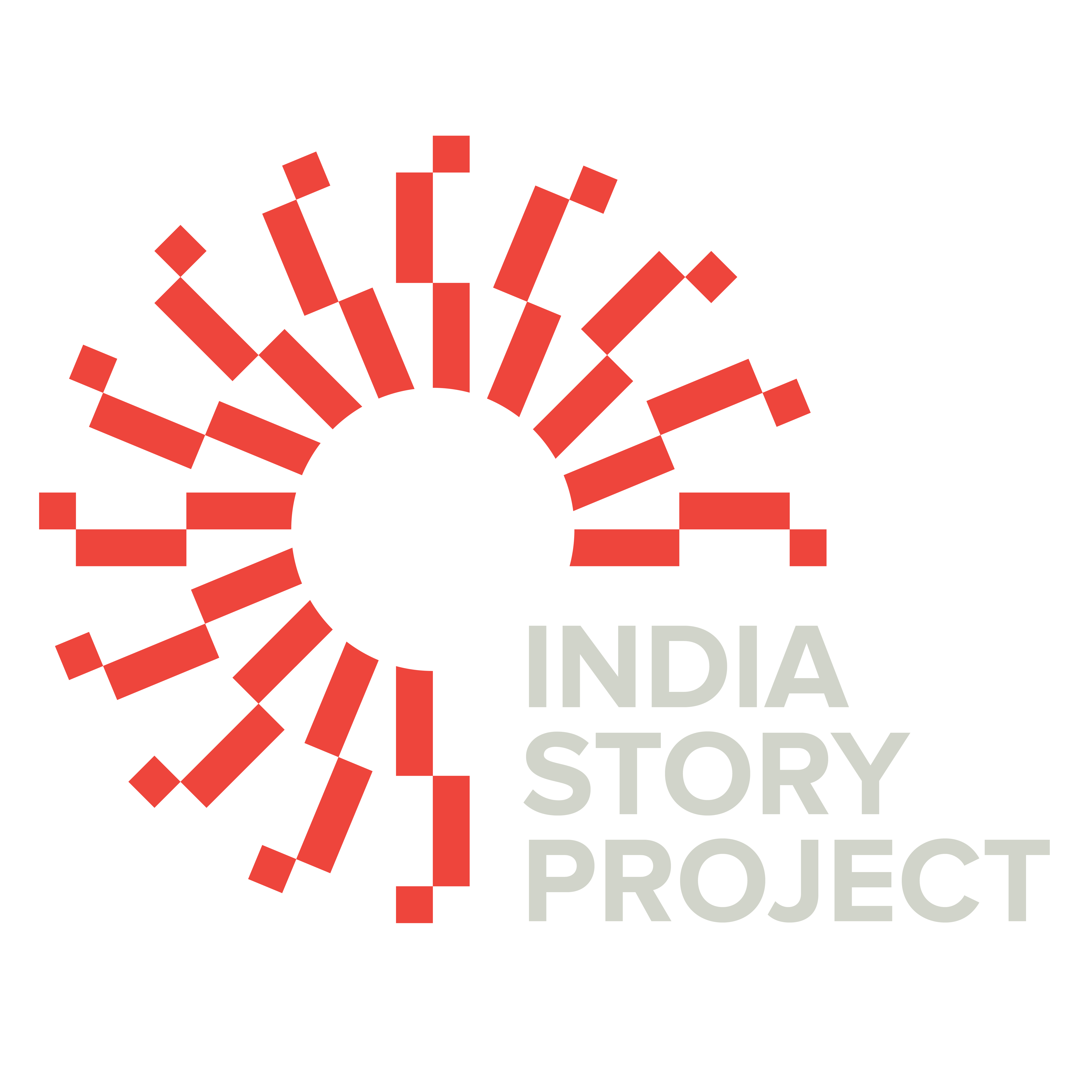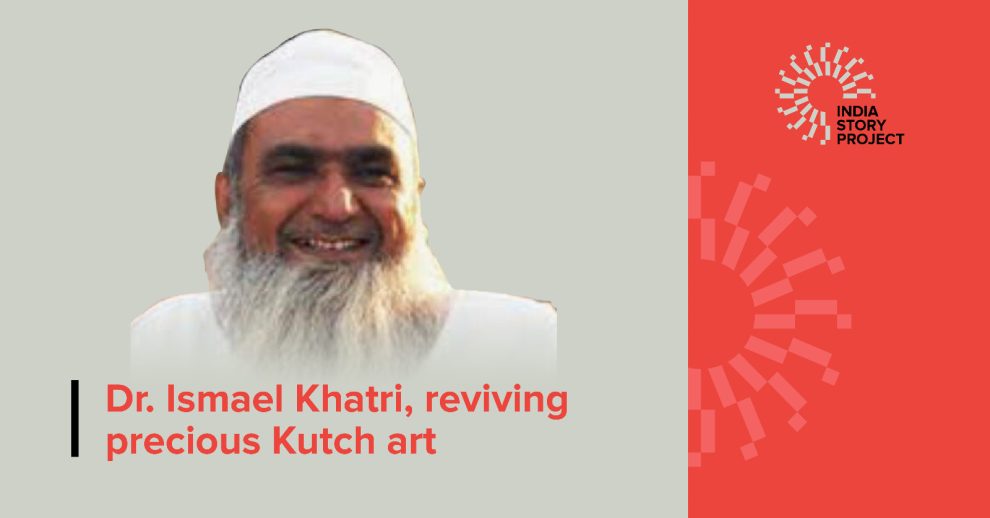ISP Ahmedabad Bureau
Dr. Ismail Khatri is a story of determination and perseverance. A humble villager from Gujarat who is now mentor and inspiration to world’s best design and clothing companies.
Dr. Khatri was born in the family of Mohammad Bhai Siddhik Bhai in Dhamadka village in South Gujarat. Mohammad Bhai taught all his sons the traditional block printing art which he inherited from his forefathers. Though he could give them proper school education, he ensured that his children get the family art for their living.

Of the three children, son Ismail had a nose for better understanding and eagerness to evolve the artform. In the classical sense of education, he could be an uneducated craftsman who studies till class seventh but his quest for knowledge took him places.
Dr. Khatri and his curiosity to learn things took him to better heights with each passing day. He became a remarkably skilled printer, and learnt everything he could about the process of printing, including how to carve the wooden blocks used for the process. He could not just explore and document the skills passed on by his forefathers, their history and their traditional craft, he also developed his own ways to innovate colours and designs.
His interest in reading Ayurvedic manuals and old Indian texts about herbs and medicinal plants gave him deeper insights into traditional forms of the art and colours. This knowledge of traditional herbs proved very helpful in his work as a dyer, and he experimented with herbs, barks and minerals to create new shades and colours for dyeing and printing.

He travelled to many places and with his hard work he was awarded the honorary degree of Doctor of Arts in 2003 by the De Montfort University, Leicester, UK, for his deep knowledge of his tradition and craft processes. Many scholars who wished to document the traditional craft of Ajrakh approached Ismail for knowledge and in the course of their research also explored India and Indian forms of art. Many scholars have worked on their PhD theses with Ismail as their main source of information, and many short documentary films have been made about Ajrakh and block-printing at Dhamadka with Ismail as the chief resource for the movies. Many research fellows have made the Kutch area of Gujarat as their home to stay and work with Dr. Ismail and to explore Ajrakh art.
Today, Ismail is engaged in passing the knowledge to his two sons Sufian and Junaid, who have expanded their block printing business and are known for good quality Ajrakh printing across the world.





Add Comment